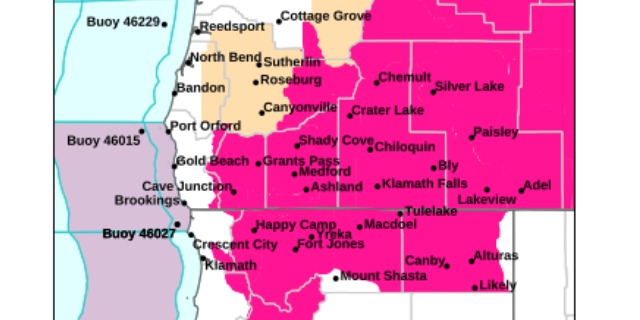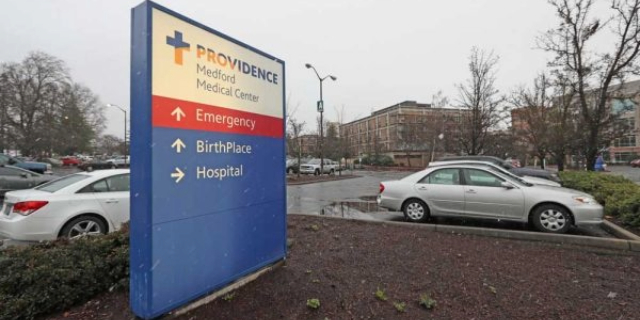GARDEN PLOTS: Our garden is a metaphor for what we value in life
Published 6:00 am Wednesday, March 29, 2023

- Now that spring has arrived, it’s useful to consider how our gardens are metaphors for the things we value in life.
“Toward the end of the summer, Senyoret came to tell me they would be giving a big party before leaving, and he asked me to remove the flowerbeds between the two magnolias. I thought I hadn’t understood him. … ‘Now that the Peruvian lilies and Dutch pansies are blooming? Or do you suppose a flowerbed in full bloom is like a chair, and you can just move it around as you please?’”
Trending
— From Merce’ Rodoreda’s “Garden by the Sea” (translated ed.), 2020
All month, I’ve chosen excerpts from Catalan author Merce’ Rodoreda’s novel, set in 1920s Spain, in which the garden is both metaphorical and an actual growing space. For the villa’s Senyoret and Senyoreta, the elaborate garden is one of many things they own — the house, stables and fancy horses, motorboats, fashionable clothes, and so on — that show off their wealth to their friends and neighbors.
Senyoret Francesc did, indeed, believe the flowerbeds were like one of his expensive chairs that could easily be replaced according to his whims. Later on, he tells the gardener to cut down all of the blooming gladioluses and give them to the next-door neighbor for party decoration. It’s painful times like these when the gardener/narrator must confront the reality that “his” garden can be taken from him at any moment.
Trending
The diligence, perhaps bordering on obsession, with which the gardener cares for the garden reflects his attempts to keep his world in order and under his control, even as the lives of the villa’s owners, guests and neighbors come unraveled over the course of six summers. The old gardener loses plants, sometimes from pests or the weather but more often from careless people; still he perseveres.
These first few days of spring remind me that gardens have long been a metaphor for human attempts to control our world, to harness nature at least effectively enough for us to grow a pretty landscape and some of our food. Gardeners know that our efforts will not always be successful; still we welcome a new growing season and look forward to another gardening journey.
I recently met an Ashland-based gardener and eco-artist named Sunny Lindley, whose garden and work with dye plants I feature in next week’s column. Sunny makes part of her living from what her garden produces, yet she told me it’s the process of gardening and being in relationship with the plants in her garden that give her the most joy.
“When you have a relationship with a plant, you can’t help but learn all the similarities there are between people and plants,” she said.
I agree with Sunny; after all, humans depend on sunlight, water and the nutrition plants provide, either by eating plants or animals that eat plants. In turn, our garden plants depend on us to put them in a space where their growing needs are met, to provide water and protection when required and, ideally, to perpetuate their kind by saving and disseminating their seeds or by recommending other gardeners grow the same plant.
This symbiosis within individual gardens plays out between people and plants in gardens all over the world. Gardens, therefore, are useful metaphors for the cooperation that’s needed among humankind in order to resolve the challenges we face in the increasingly complex society we have created.








